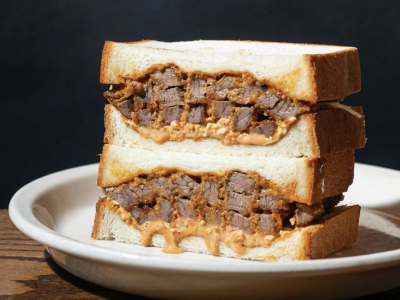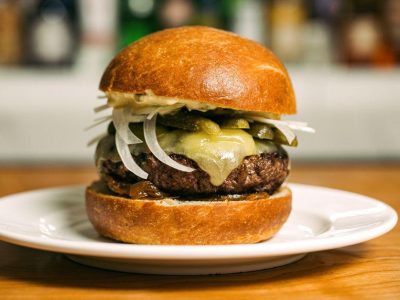St. Augustine’s culinary heritage, which spans more than four hundred and fifty years, is a veritable melting pot of flavors and styles thanks to the influx of people from all over the world.
- Best Steak Charlotte Nc – 10 Best Steakhouse Restaurants In Southpark
- Scooby_Dood’S Neopets Best Battledome Items ? Neopets Neopets Best Cheap Battledome Items
- Best Way To Reheat Bloomin Onion !, How To Reheat Bloomin Onion
- Best City Homes Inc, 2216 South St, Philadelphia, Pa (2021)
- What Is The Best Season Of Parks And Rec Reation’, Best Parks And Recreation Seasons
St. Augustine has a lack of local and sustainable resources despite being located near the Atlantic Ocean and the fertile farmlands of Florida.
Bạn đang xem: Best Of St Augustine 2023 Womanless Beauty Pageant St
More and more people are flocking there every year to see the Castillo de San Marcos and wander the narrow streets of the Colonial Quarter, making it one of Florida’s most popular tourist destinations.
Walking through the charming historic district of old St. Augustine, you can almost smell the dreams of Spanish explorer Ponce de Leon and his search for the eternal Fountain of Youth, as well as the lofty dreams of industrialist Henry Flagler, who sought to transform Florida with his railway and luxury hotels.
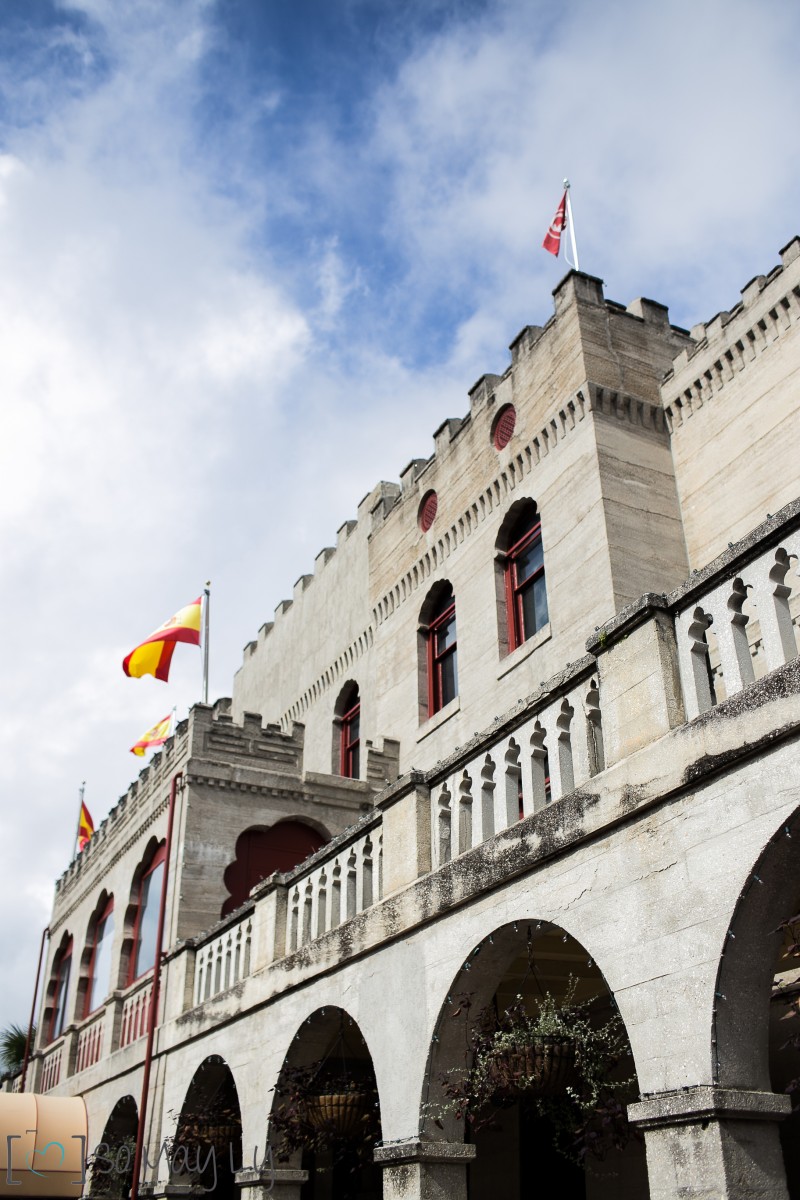
For those interested in a foodie weekend in St. Augustine’s colonial past, we offer the following suggestions: On a Friday Afternoon
Over the bridge to Anastasia Island, dine at Terra & Acqua, which specializes in land and sea dishes from Northern Italian cuisine using local and seasonal ingredients. The St. Francis Inn, the oldest inn in St. Augustine, was founded in 1791.

The wood-fired oven at this restaurant, which was started by chef/owner Simone Parisi, gives the breads, pizzas, and especially the fantastic charred octopus salad a wonderful smokey char.
Northern Italian cuisine is distinct from the style of Italian food typically served in American restaurants. Instead of using heavy tomato sauces, dishes in Northern Italy feature seafood, olive oil, and fresh vegetables.
All of the pastas are made fresh daily, and you can tell: the pappardelle cinghiale, made with fresh pappardelle, has a luscious, silky flavor that pairs nicely with the hearty wild boar and plum tomato sauce.
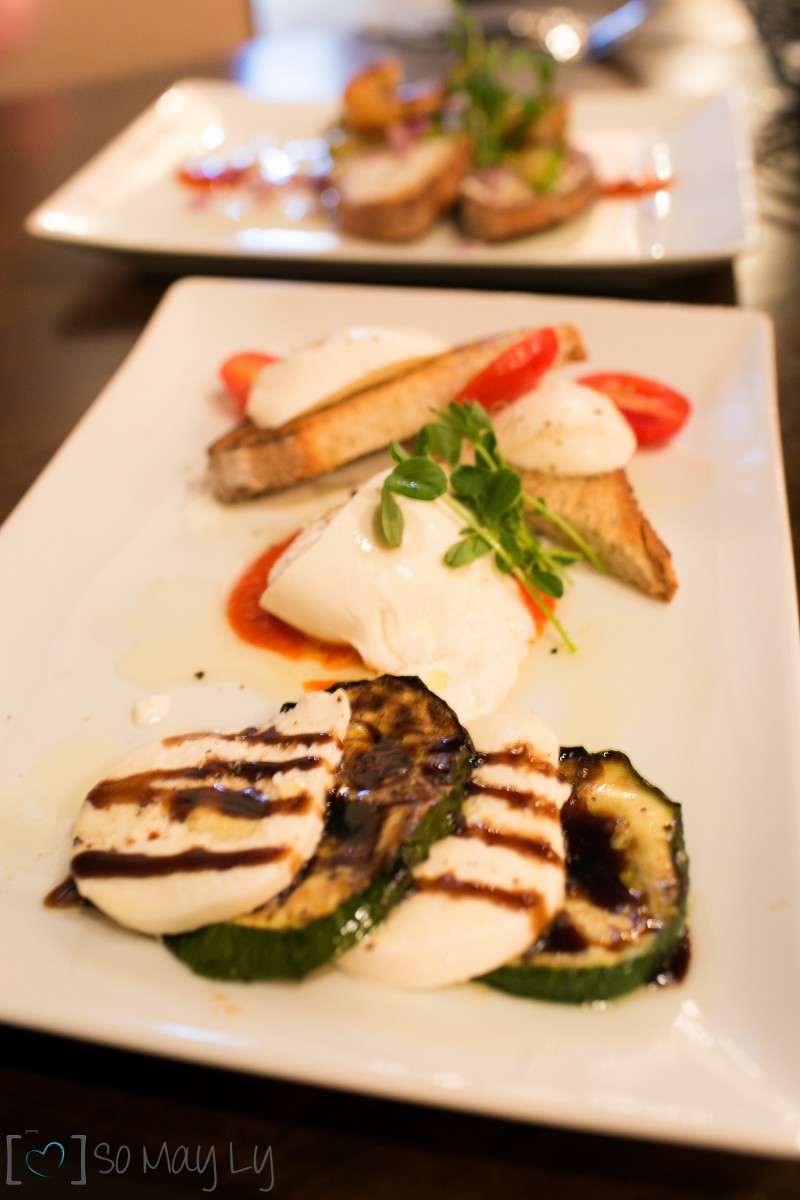
Mista BruschettaBruschettas topped with a selection of fresh, homemade seasonal toppings.

This dish is known as Polpo Alla Griglia.Succulent octopus that has been charred to perfection, a salad of potatoes and green beans, and extra-virgin olive oil.
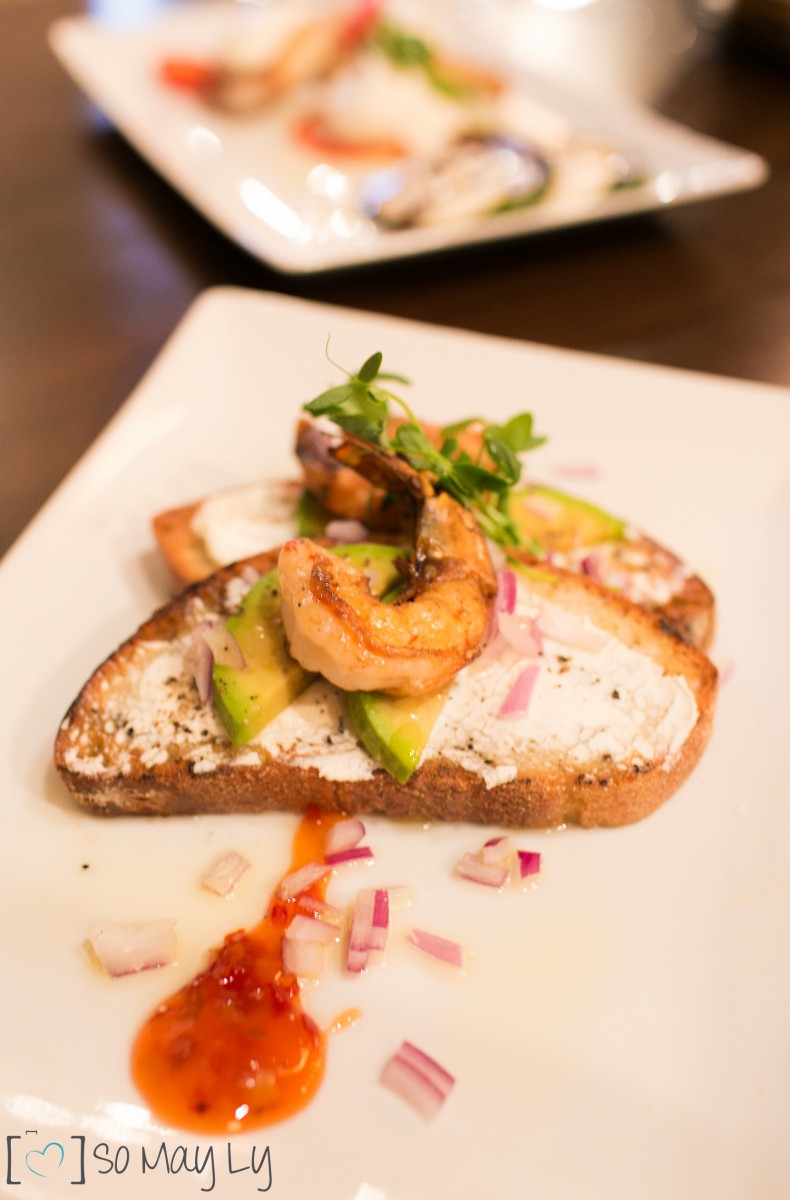
Smashed Avocado and Crispy Gamberi BruschettaLocal shrimp, avocado, red onion, sweet and spicy sauce
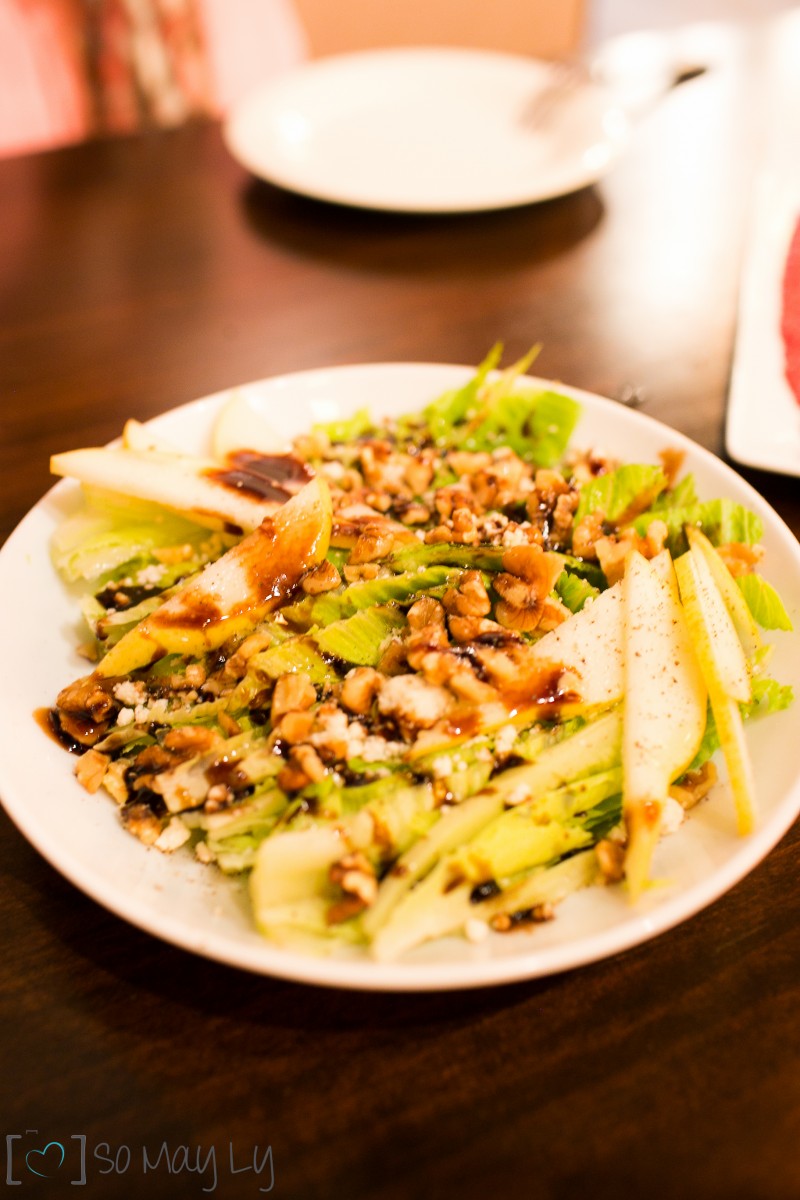
Pera insalateRomaine hearts, gorgonzola, pears, walnuts, extra-virgin olive oil, and balsamic reduction.
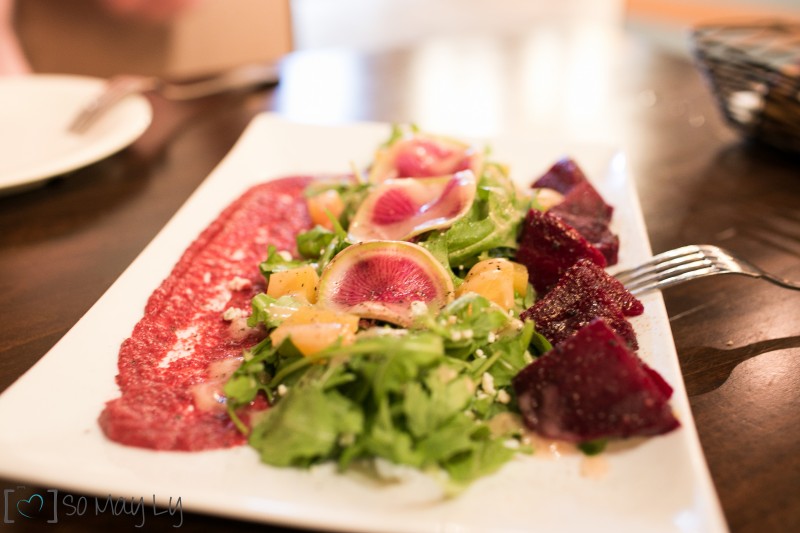
A Barbabietole Salad InsalataSalad with beets, gorgonzola, and watercress made entirely from organic ingredients.
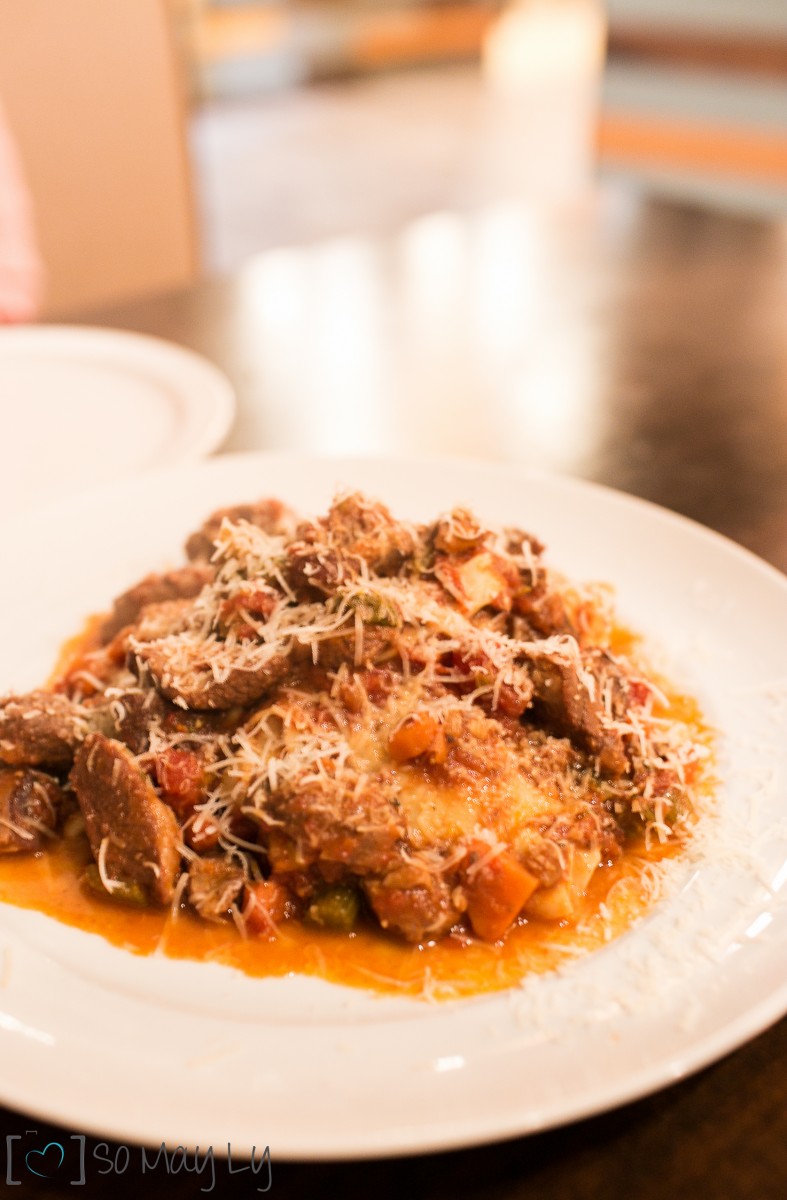
Linguine with a cinghiale sauce, or pappardelleWild boar, plum tomatoes, homemade pappardelle, and herbs.

A Ragazzo and a CrostaceiLobster, Fructi di Mare, and grilled veggies
Saturday
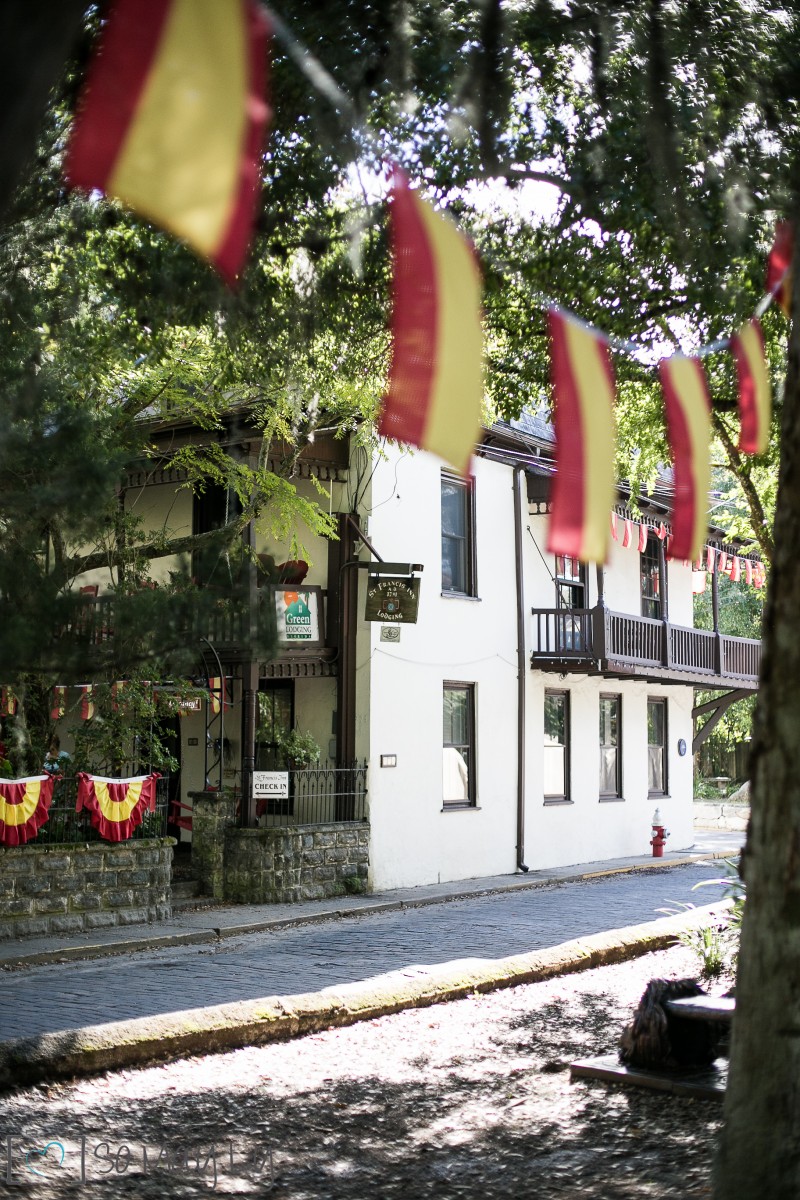
Accommodations at the St. Francis Inn
The “Sin Quarter,” where the San Sebastian Winery, the St. Augustine Distillery, and the Whetstone Chocolates factory are located, is just a short walk from the St. Francis Inn, where you can get a quick breakfast before exploring the rest of the city.
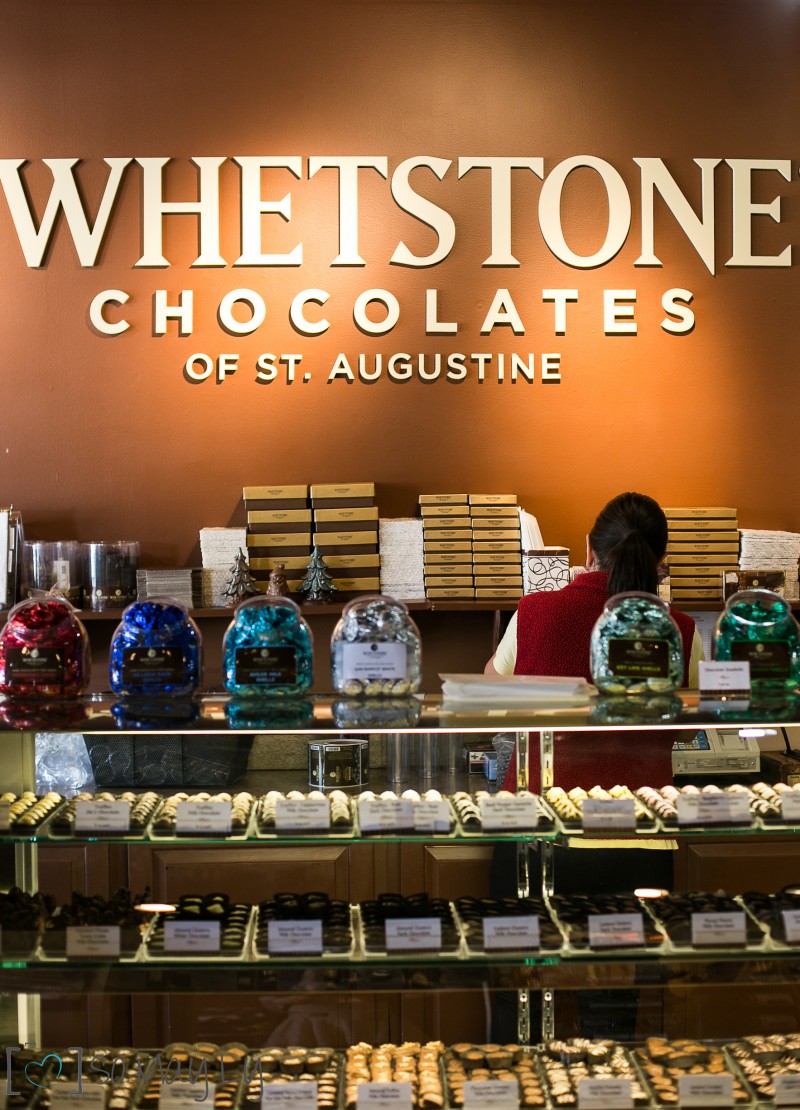
Take a tour of the Whetstone Chocolatesfactory and taste some of their signature chocolates named after famous people from St. Augustine’s past, such as Aviles, Menendez, De Leon, and San Marco. Do grab a bag of their “gator bait” to go—chunks of milk chocolate covered pretzels, rice krispies, and corn flakes that are as crunchy as they are addicting.
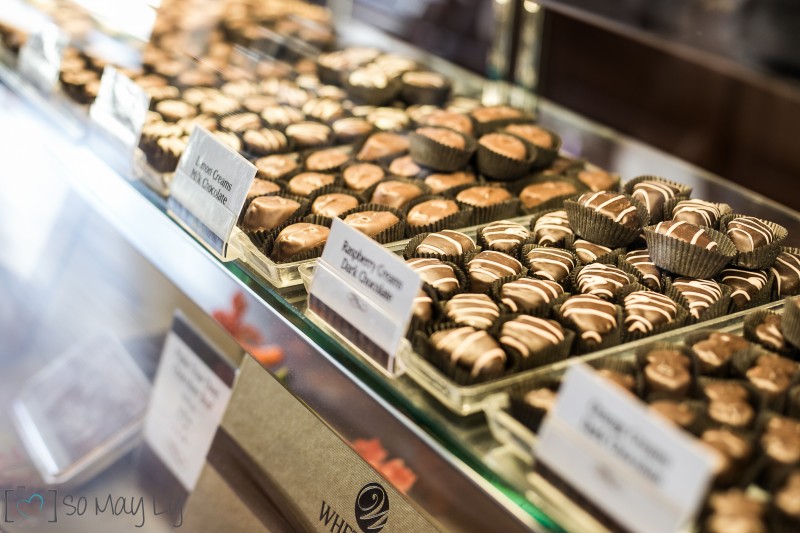

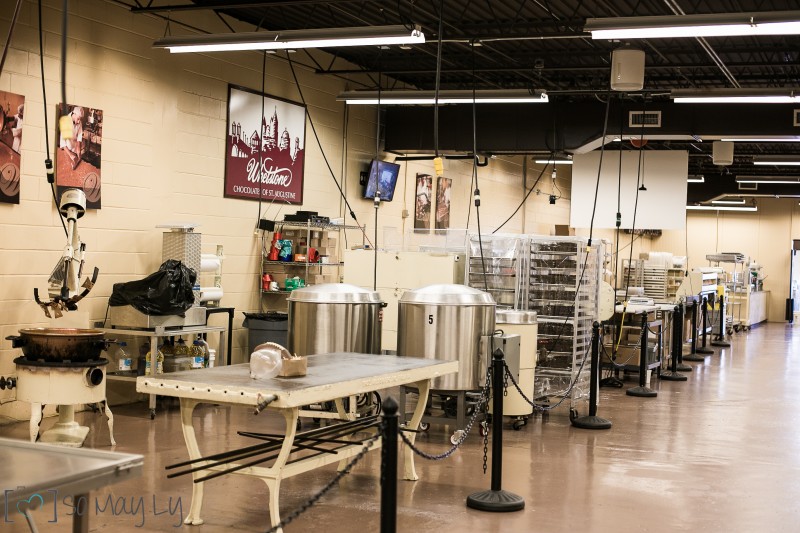
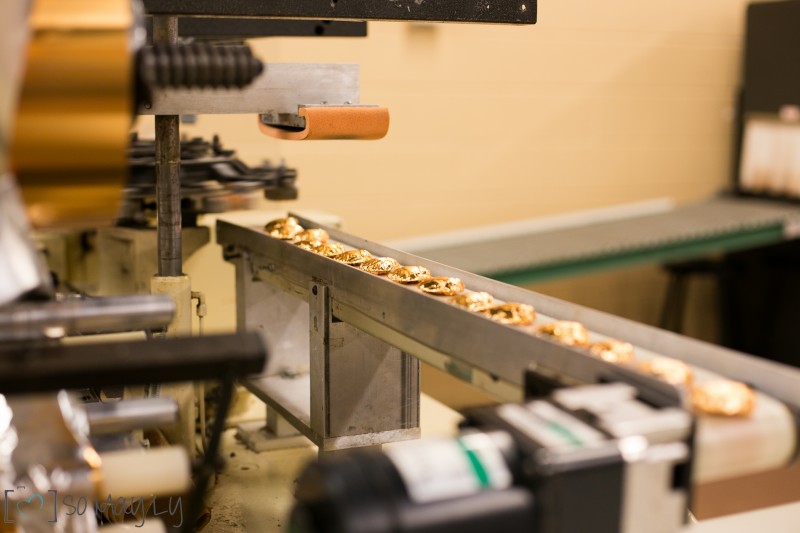

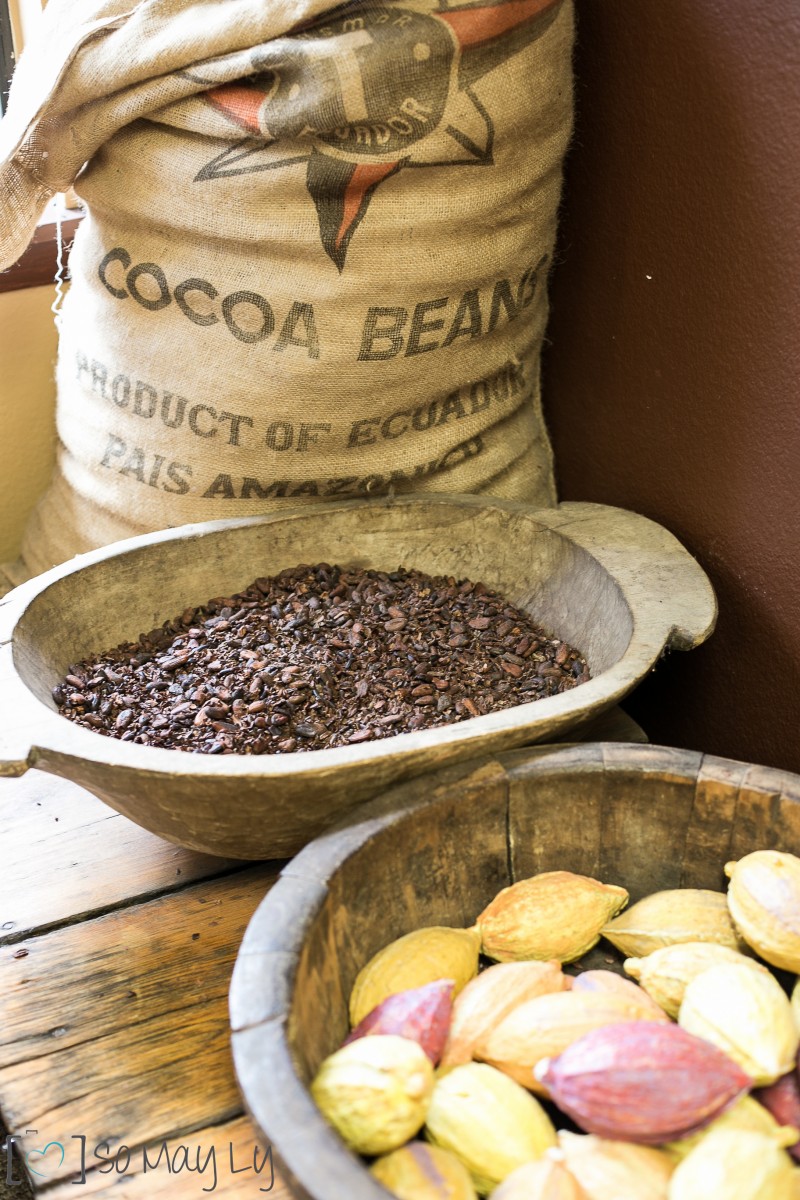
Afterwards, stop by the brand-new St. Augustine Distillery in the repurposed Ice Plant for a free tour of their gin and vodka distillery, which features sustainable ingredients from nearby farms.
The ice plant was put to use for the first time in 1917, and today it houses a fantastic museum detailing the plant’s history and its role in introducing commercial block ice to Florida and forever changing the cocktail.
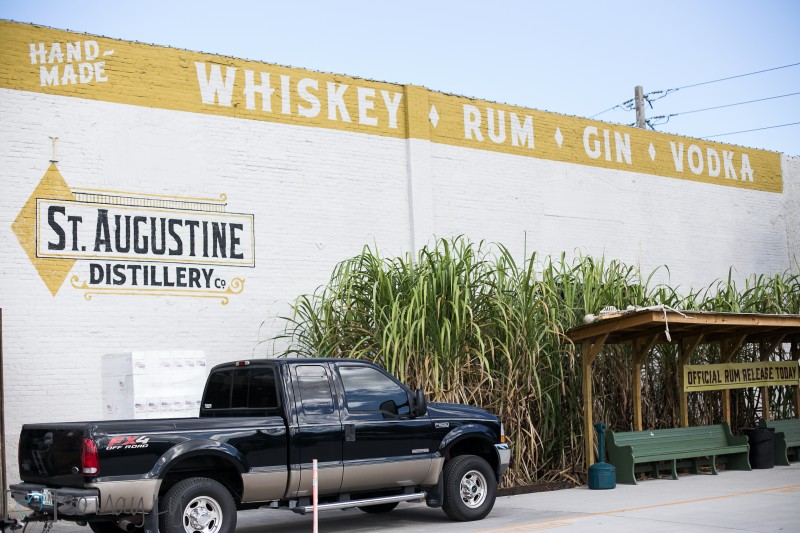

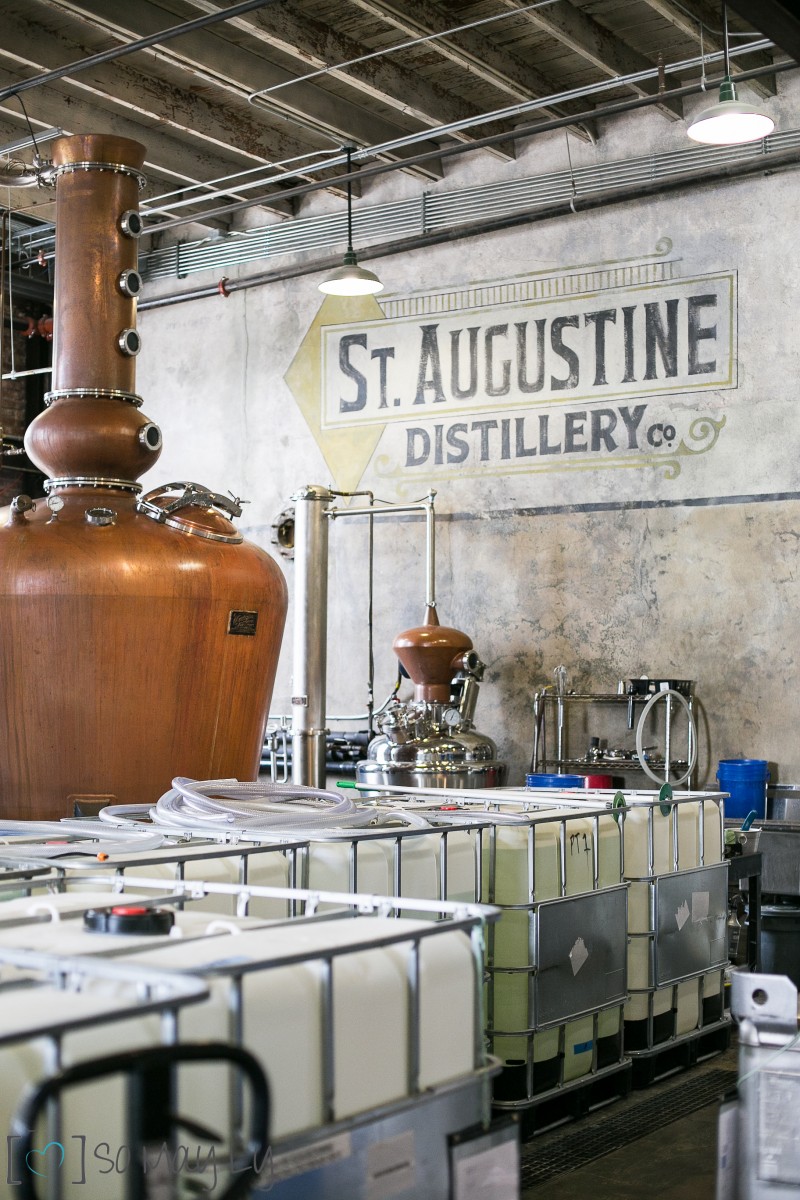

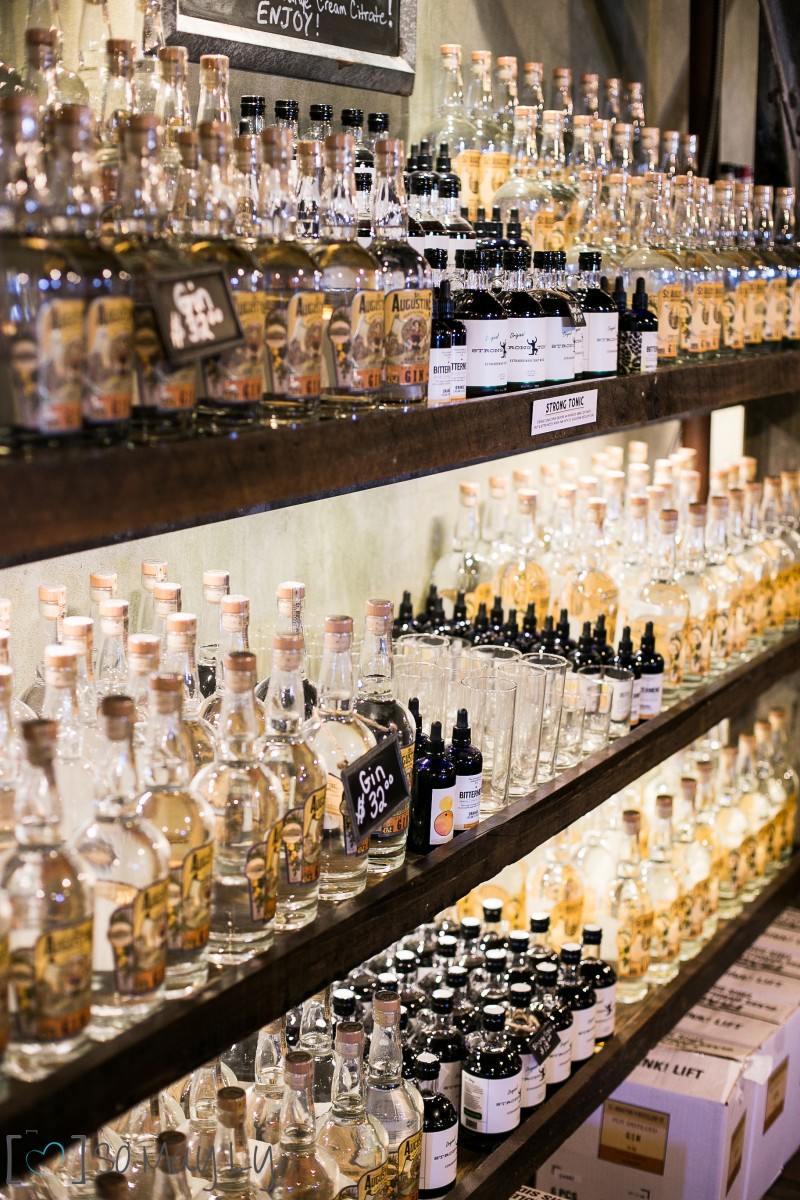
The farm-to-table Ice Plant restaurant and bar, located above the distillery, features grass-fed beef burgers, local seafood, and exquisite cocktails.
Sample a Lady Killer, a specialty drink made with St. Augustine vodka, lemon, pamplemousse, aperol, and tiki bitters.
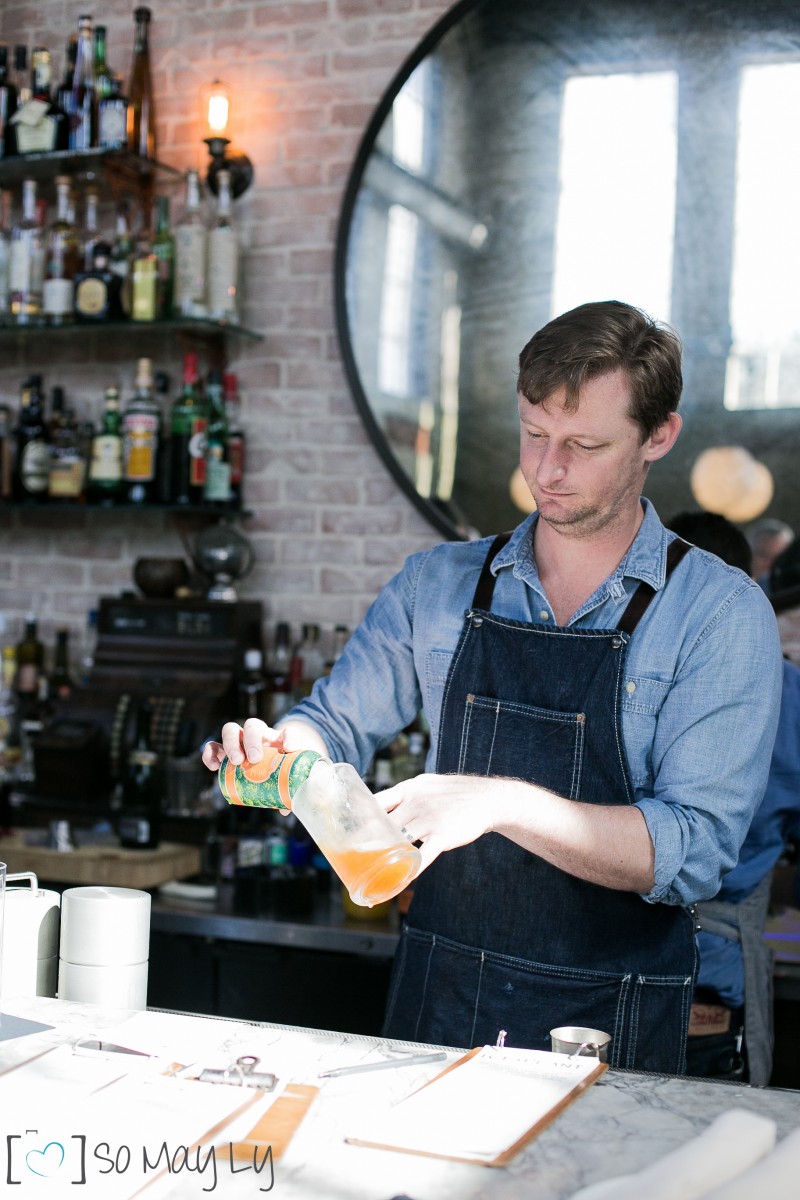
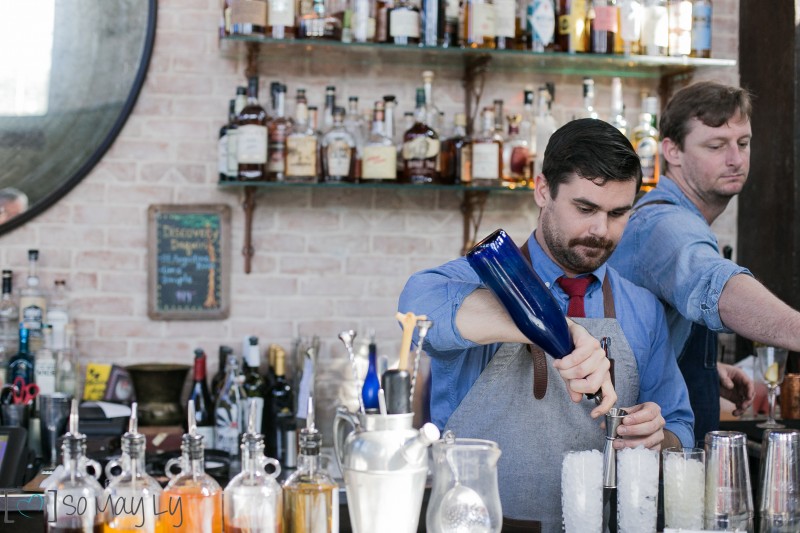
After lunch, take a stroll to Flagler College, which was once Henry Flagler’s Ponce De Leon Hotel, and then across the street to City Hall / Lightner Museum, which was once Hotel Alcazar, for a historic tour highlighting Henry Flagler’s forward-thinking, and some would say ruthless, development and investment in St. Augustine at the turn of the 20th century.
The Flagler College cafeteria, which was once the hotel’s dining hall, houses one of the world’s largest collections of stained glass by Louis Comfort Tiffany.
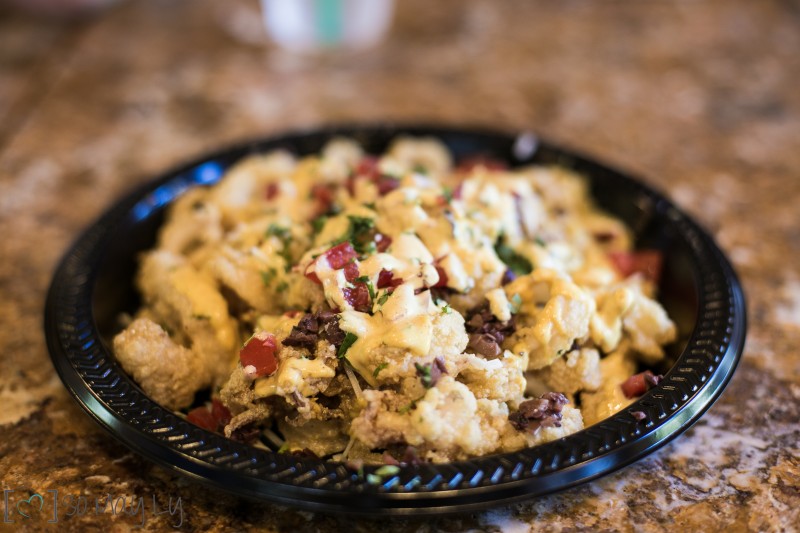
Famous Kessler Hotel Calamari in Santa Monica, California
Next, check out the Moorish and Spanish Baroque–inspired Casa Monica Hotel, which is still a hotel today and is managed by Kessler Collections.
The Kessler calamari was invented in this restaurant by executive chef Rene Nyfeler and is now offered at all Kessler hotels across the country. It consists of fried calamari served with kalamata olives, green olives, and an aioli sauce flavored with cumin and curry.

Harriet’s Seafood Crawfish Etoufee
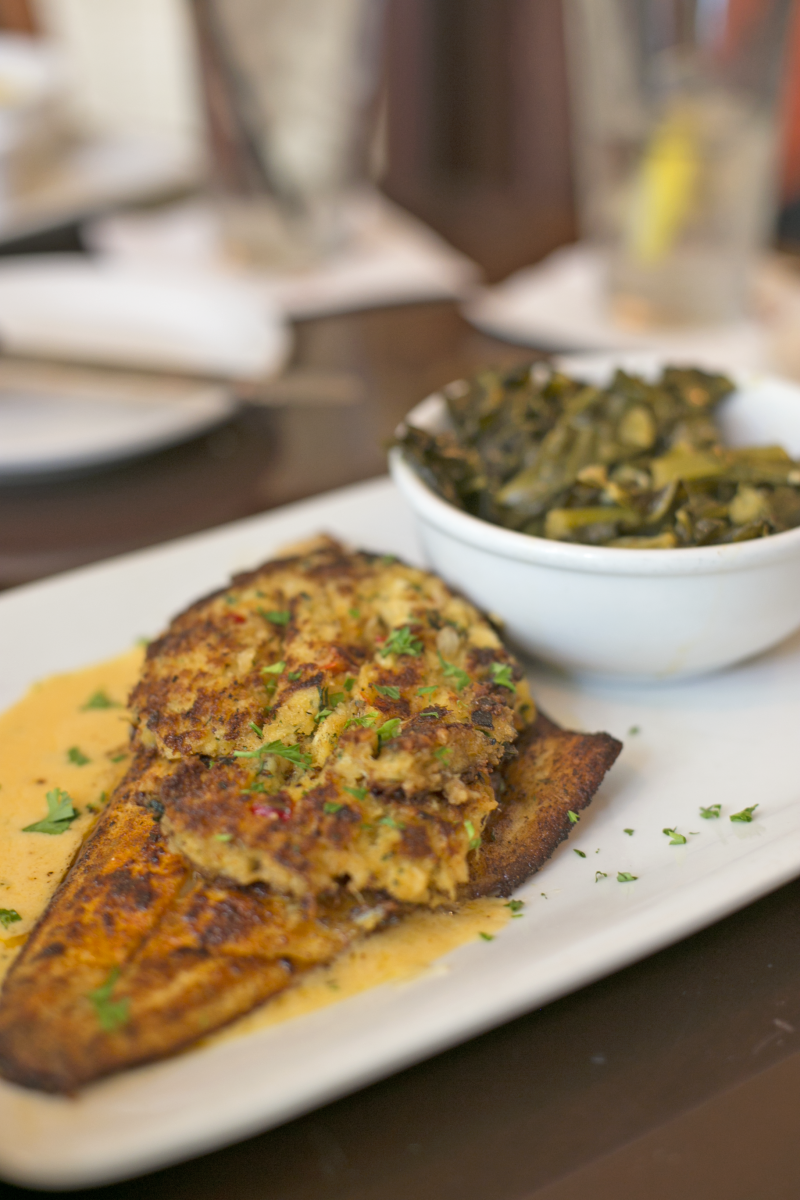
Harry’s Seafood serves blackened red fish with collard greens.
Dinner options abound in the Colonial Quarter, including the Spanish and Cuban Columbia restaurant, the New Orleans-inspired Harry’s Seafood Bar and Grille, and the modern Spanish fare of Michael’s Tasting Room.
Try one of The Hyppo’s many one-of-a-kind fresh-fruit, handmade gourmet popsicles, such as champagne mango and strawberry, for dessert.
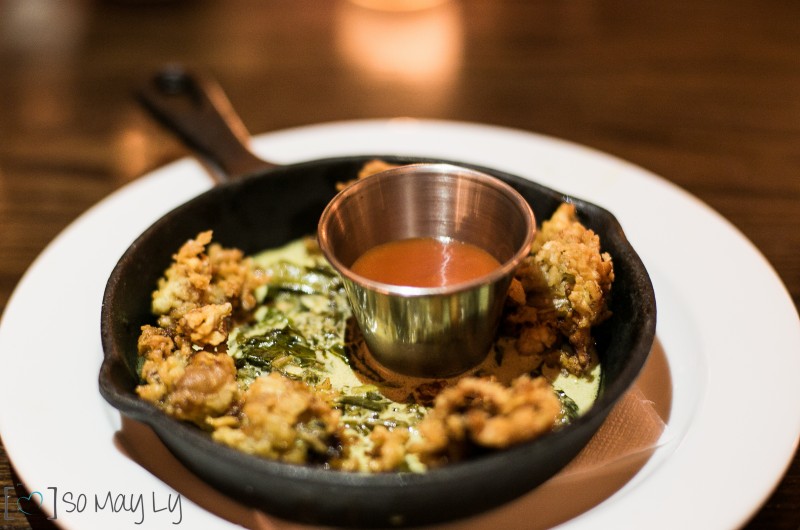
Try the fried oysters at Michael’s Tasting Room.
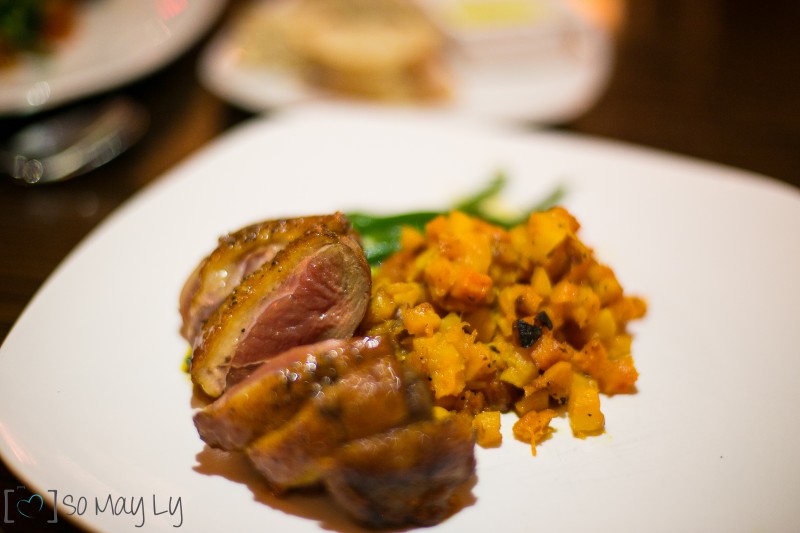
In the Duck Breast at Michael’s Tasting Room

Grilled lamb chops at Michael’s Wine Bar

Bar Michael’s Wine Cellar
Since it has been inhabited for over 450 years, it is not surprising that some ghosts have chosen to stay behind to complete some unfinished business.
Take a hearse ride around St. Augustine after dinner with Ghost Augustine’s Haunted Pub Crawl, where you can check out haunted locations like Scarlett O’Hara’s and the house where St. Augustine socialite Athalia Ponsell Lindsley was murdered with a machete.
For those who like their beer with a side of ghost stories, this is a fascinating and macabre tour.
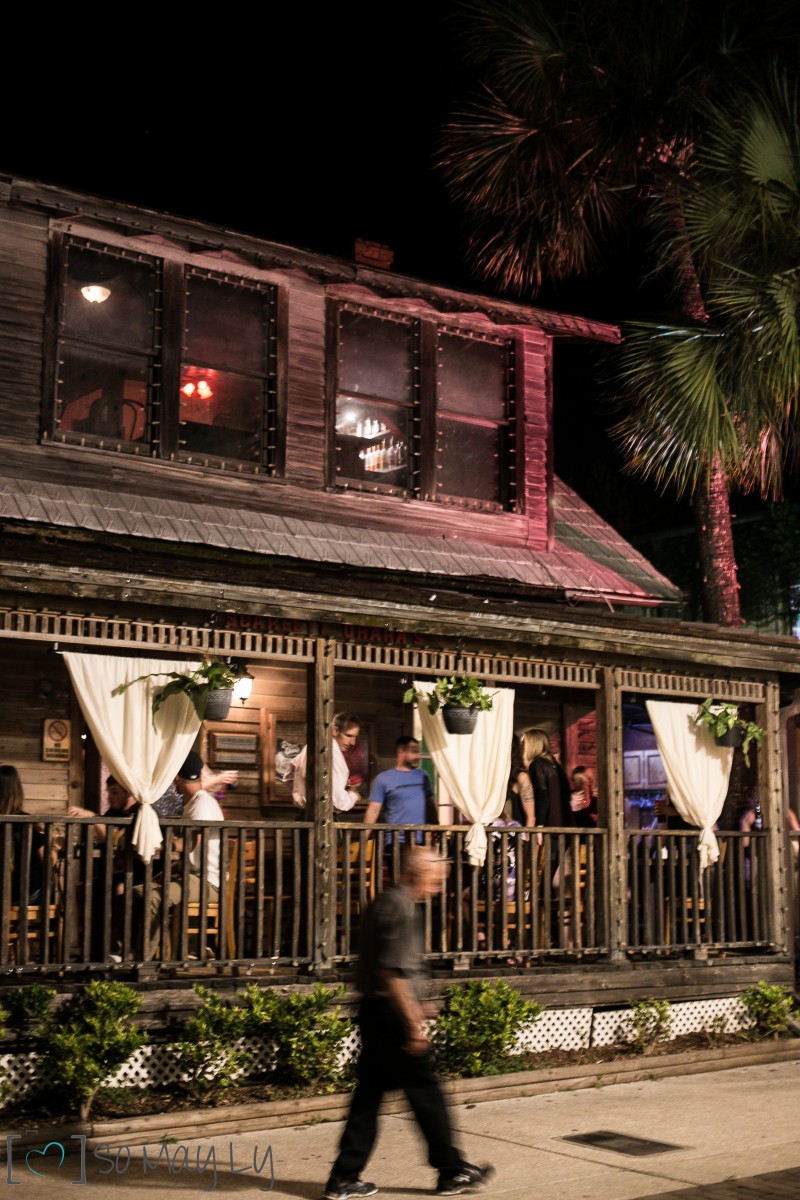
Sunday at Scarlett O’Hara’s Pub
Xem thêm : Top 10 Best Tattoo Artist In Augusta Ga, Augusta, Ga
Stroll along Aviles Street, one of the oldest streets in America, in the heart of St. Augustine.
St. Augustine’s finest international eateries and quaint boutiques and antique shops can be found along this narrow street.
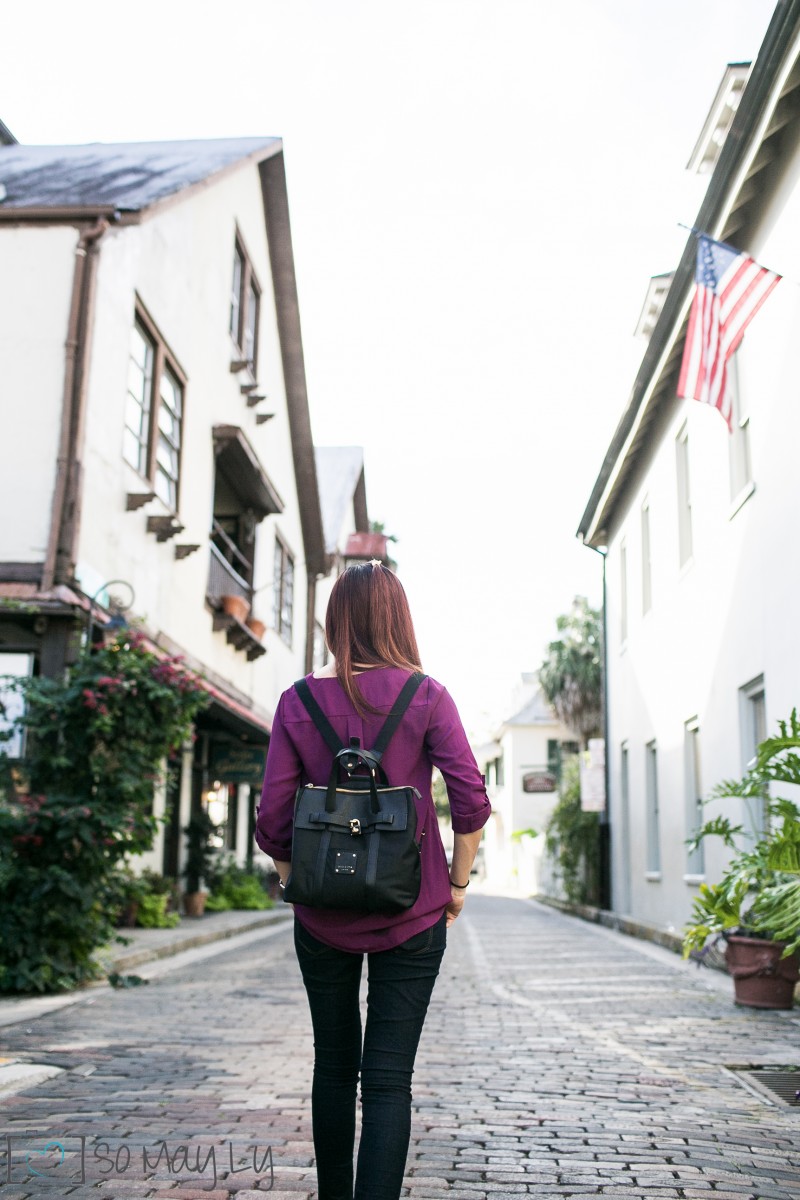
Down Aviles Street
The guajiro at La Herencia Cafe, a Cuban restaurant in the area, is regarded as one of the best breakfast dishes in the United States by PBS.
A true culinary delight, the guajiro consists of an omelette spread over toasted Cuban bread and topped with black beans, pulled pork, salsa, and cheese.

La Herencia Cafe’s Famous Cafecito
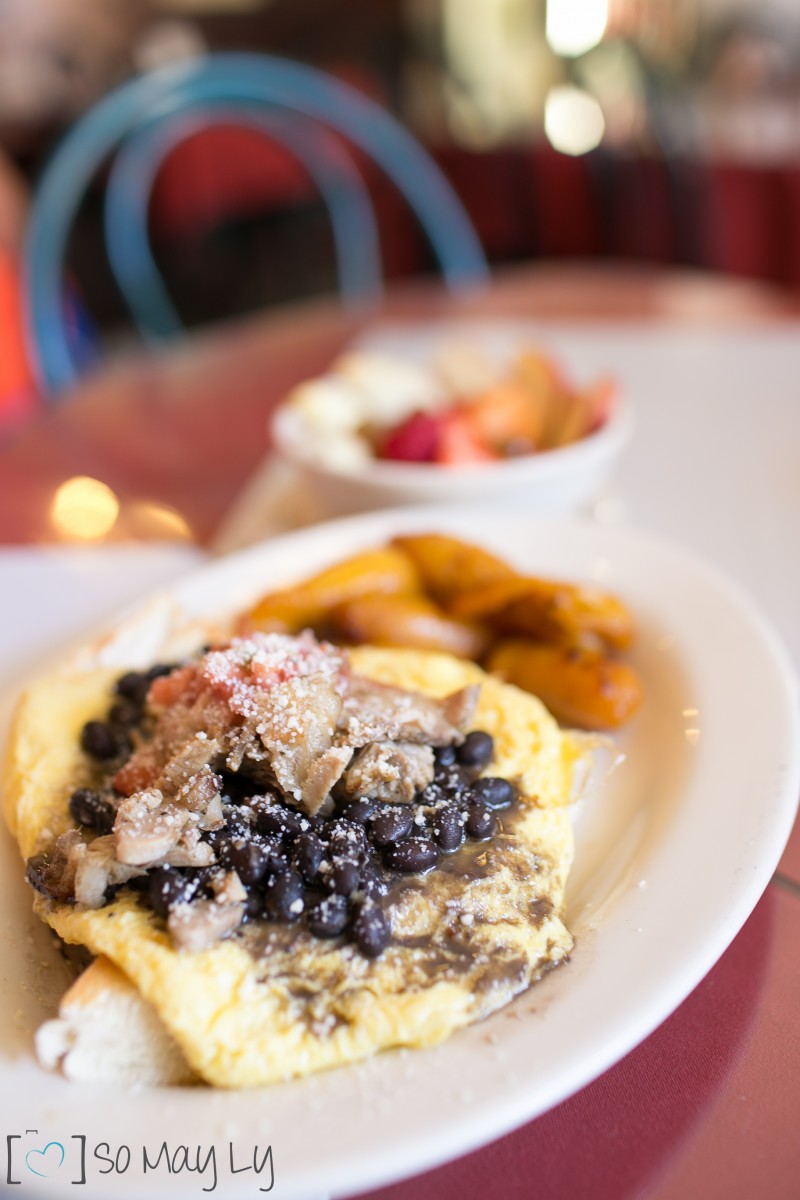
Enjoy a Guajiro at La Herencia Cafe
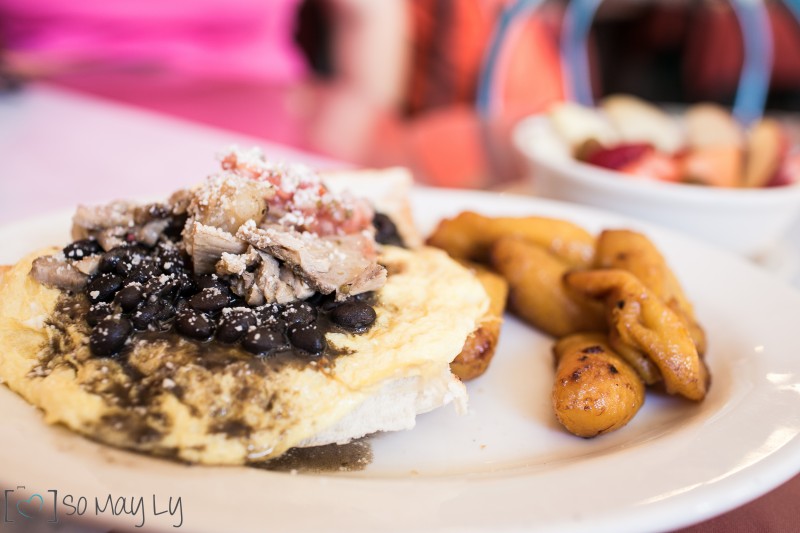
Coffee and Guajiro at La Herencia Cafe
Gaufre’s and Goods is a cozy Greek and Polish restaurant just around the corner on Aviles from the Antiques and Uniques shop, which may or may not be a haunted spirits portal.
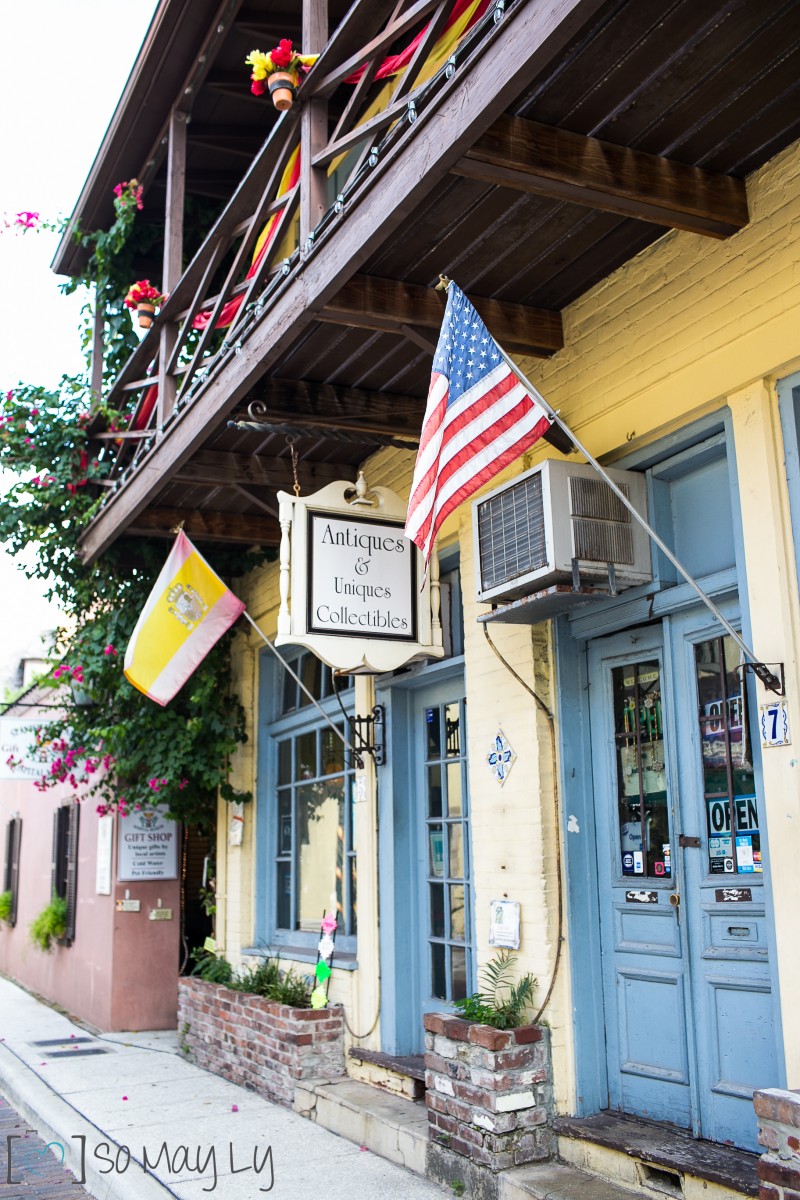
This is an absolute must-visit because they serve the best Polish pierogies I’ve ever had.
The fresh fillings ranged from spinach and cheese to potatoes and lamb, and they were all pan-seared until crisp with sliced onions and bacon for an outstanding flavor.
The flavor profile you just experienced is authentic pierogie dumplings.
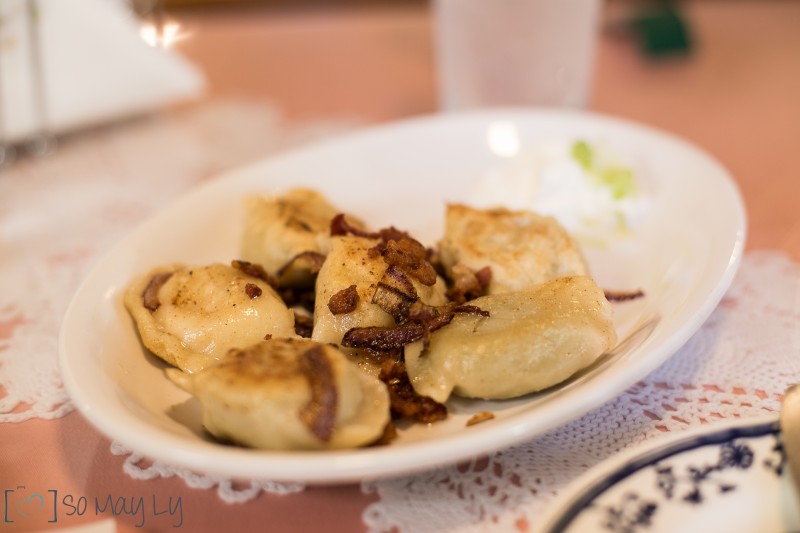
And on occasion, there will be a special, such as the yemista, which are tasty stuffed tomatoes and peppers from Greece.

Featuring the largest indoor swimming pool in the world, the Alcazar Hotel and Casino was constructed by Henry Flagler in 1888 and was once one of the finest winter resorts for the wealthy elite of New England.
The Hotel Alcazar was renovated into the City Hall and Lightner Museum of St. Augustine, which displays Mr. Lightner’s international collection of curiosities, such as a shrunken head from South America and a programmable orchestrion.
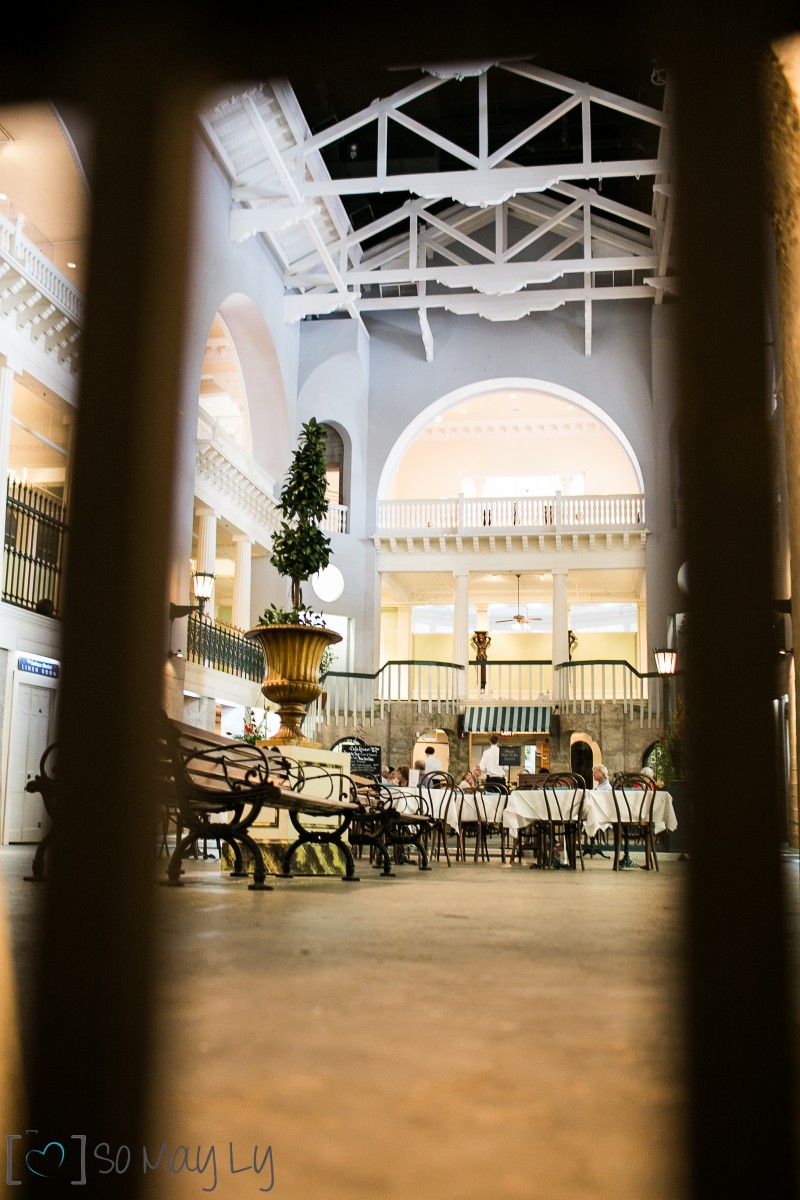
You can have lunch at Cafe Alcazar, right on the floor of the indoor pool where the rich and famous once swam and dove between the columns.
Plump and freshly prepared with garlic butter, minced herbs, and white wine, the escargot is a must-order, as is the east-meets-west curried chicken salad.
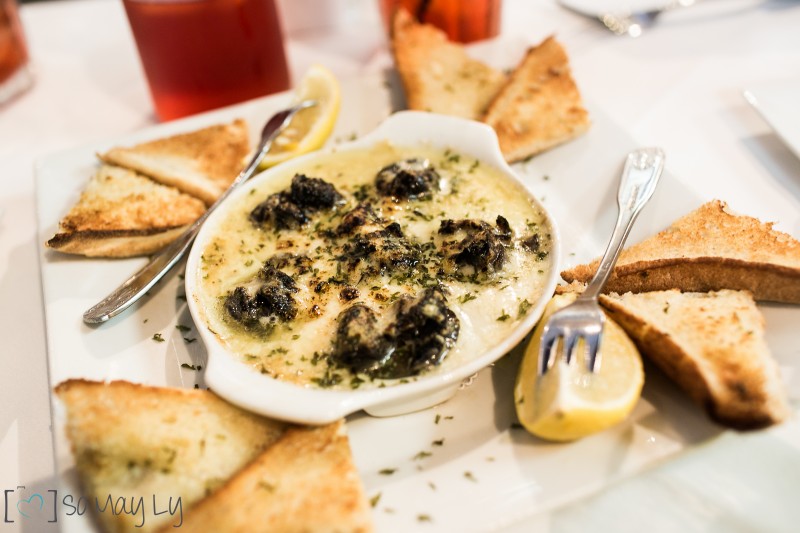

Live classical piano music transports you to the early 1900s as you dive and swim among the columns that once surrounded the pool.
St. Augustine is charming because of the way it seems to have stood still in time.
Check this out:Free William K. Sanford Library Books, Library Books, and Library eBooks
You’ll be sad to leave St. Augustine because there’s so much to see and do, and especially to eat, but you’ll want to come back again and again to discover even more of the city’s wonderful hidden eats and charms.
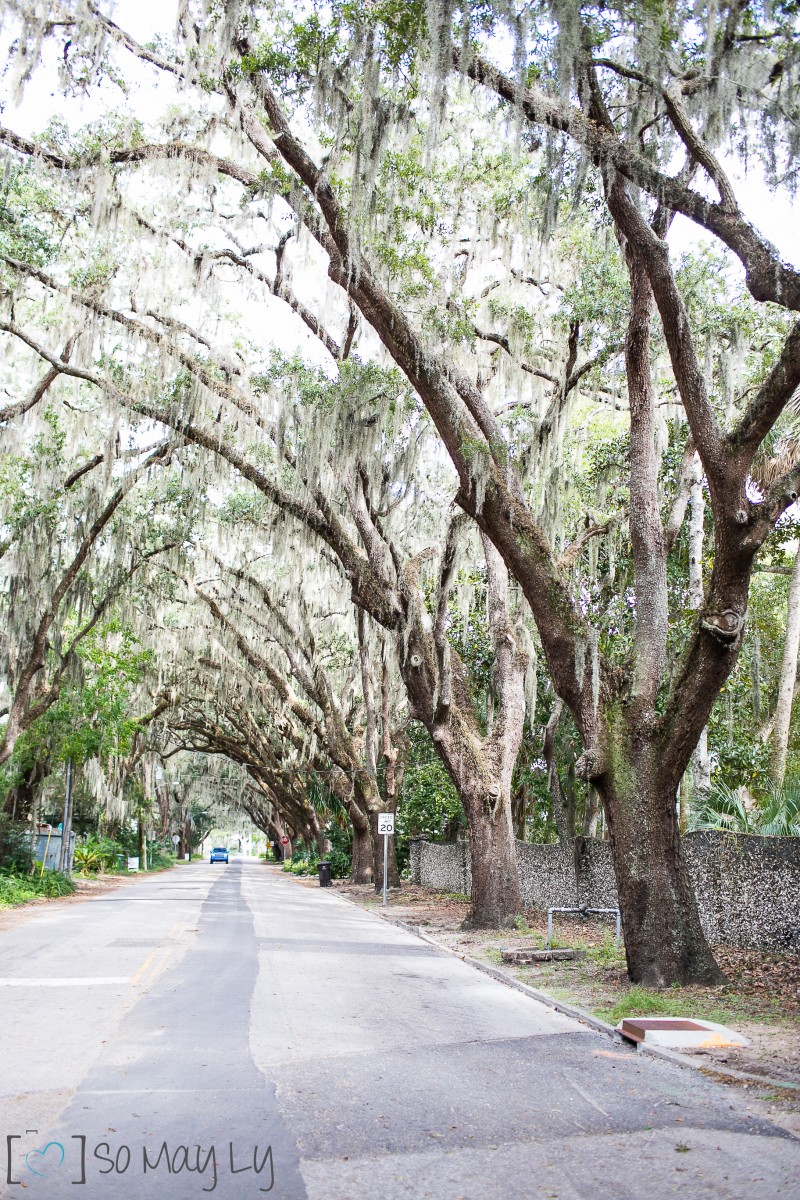
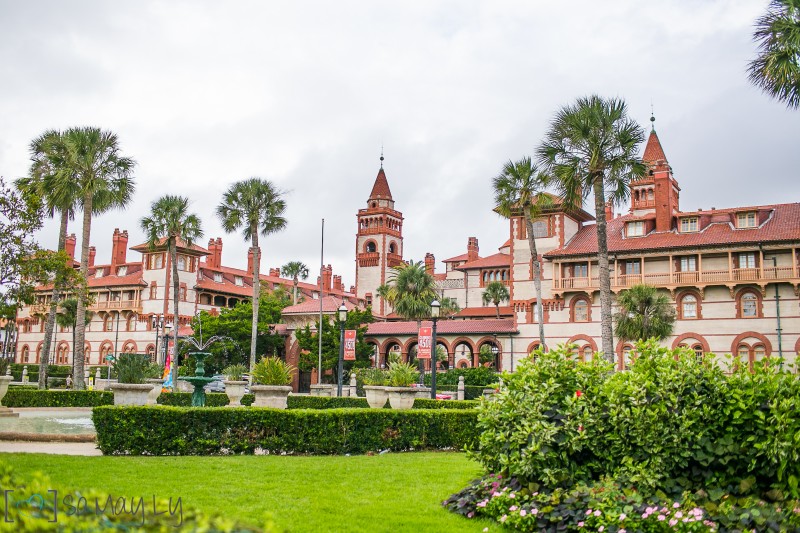
Festivals of Food in St. Augustine
This year’s St. Augustine Lions Seafood Festival will be held in March. This year’s annual Rhythm and Ribs Festival and the Taste of St. Augustine Festival will both take place in April. The Spanish Wine Festival of St. Augustine takes place in September. Oceanwise Sustainable Seafood Fundraiser for the Friends of the GTM Reserve, St. Augustine Greek Festival, A Taste of the Beach, and Datil Pepper Festival all take place in the month of October. The Great Chowder Debate returns to St. Augustine this November.
It’s time for Slow Food First Coast’s monthly Tour de Farm! Learn more about our community’s food system and get an early look at the fall harvest by taking a tour around the area. Travel to the source and meet the farmers who provide your food. Participants will visit farms in the St. Augustine, Hasting, Elkton, Ponte Vedra, and Jacksonville areas between the hours of noon and 5 p.m. Each farm will host a demonstration by a local chef showing how to prepare a dish using the farm’s produce. A vehicle pass costing $20 is necessary for entry. Visit http://slowfoodfirstcoast.org/event/tour-de-farm-2015 for more details and a list of farms taking part.
Thanks also to Kathy Catron, director of communications for the St. Augustine, Ponte Vedra, & The Beaches Visitors and Convention Bureau, and Barbara Golden, communications manager for the bureau, for providing us with invaluable insight and sharing their enthusiasm for the area during our visit.for having us over, we really appreciate it!
Nguồn: https://directmarketingcenter.net
Danh mục: Best



